Abstract
OBJECTIVES: The authors surveyed religious congregations in New York State to document the extent to which HIV/AIDS-related education and prevention services were being offered; to identify barriers to offering services; and to assess respondents' willingness to meet with HIV/AIDS service providers in their communities. METHODS: In October 1997, a questionnaire was mailed to all congregations in New York State. Due to an initially poor response rate, follow-up telephone interviews were made to a random sample of non-respondents. Survey responses were weighted to represent all congregations across New York State. RESULTS: Just 16.7% of congregations provided or facilitated HIV/AIDS-related prevention services. Respondents cited both attitudinal and resource-related reasons for not offering services. There was a striking discordance between respondents' perceptions of the need for HIV/AIDS prevention services in their communities and an objective measure of need created by the Health Department. Approximately half of survey respondents expressed willingness to meet with HIV/AIDS service providers. CONCLUSION: Follow-up efforts to increase the number of religious congregations providing, facilitating, or offering referrals to HIV/AIDS-related education and prevention services are warranted.
Full text
PDF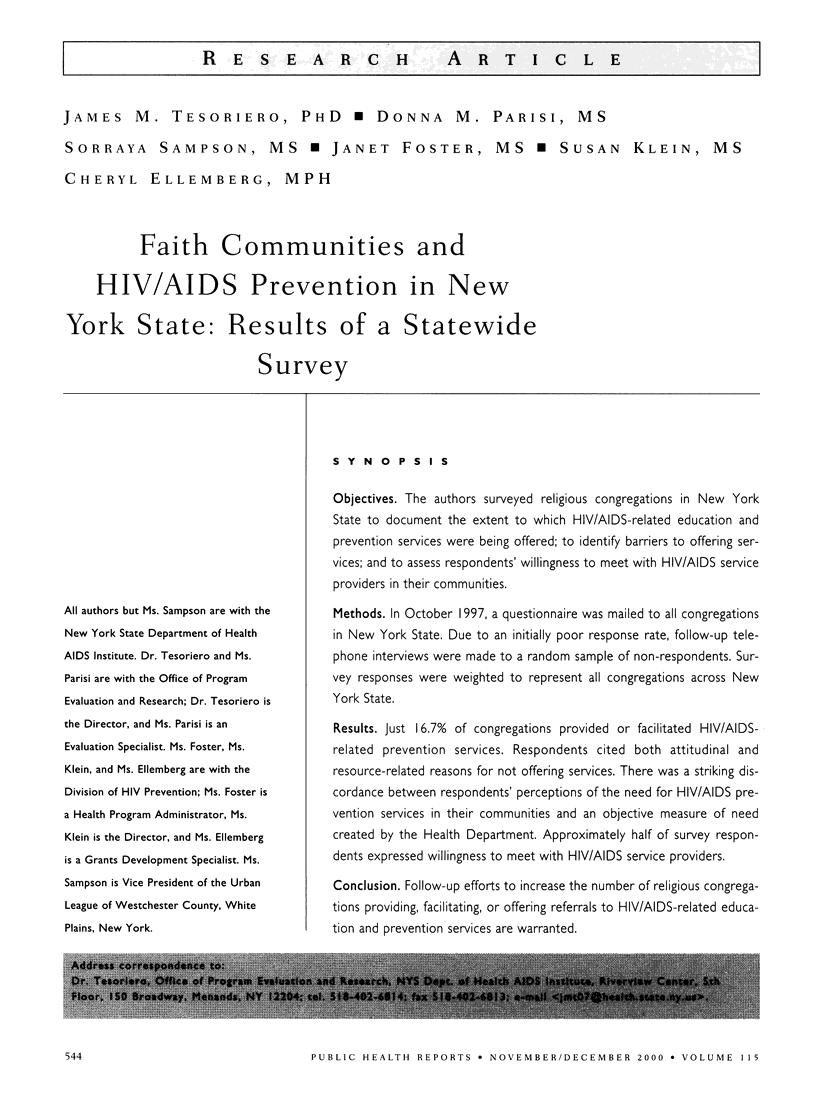
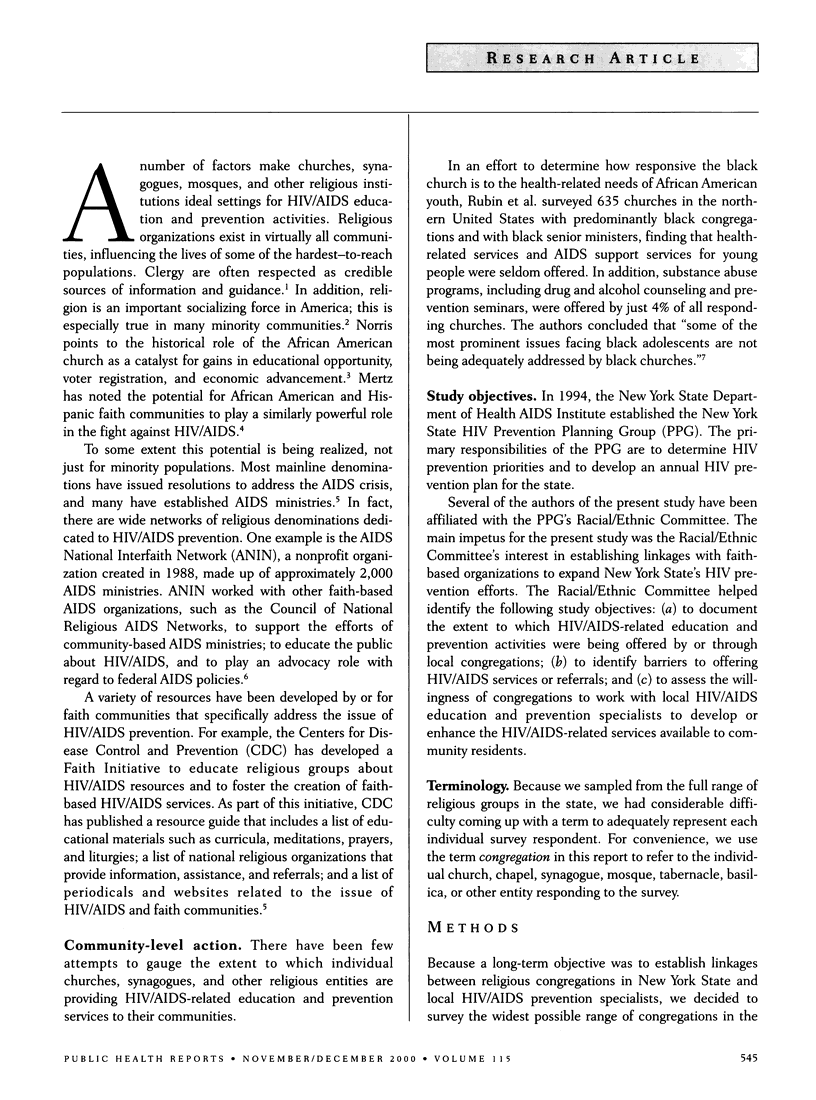
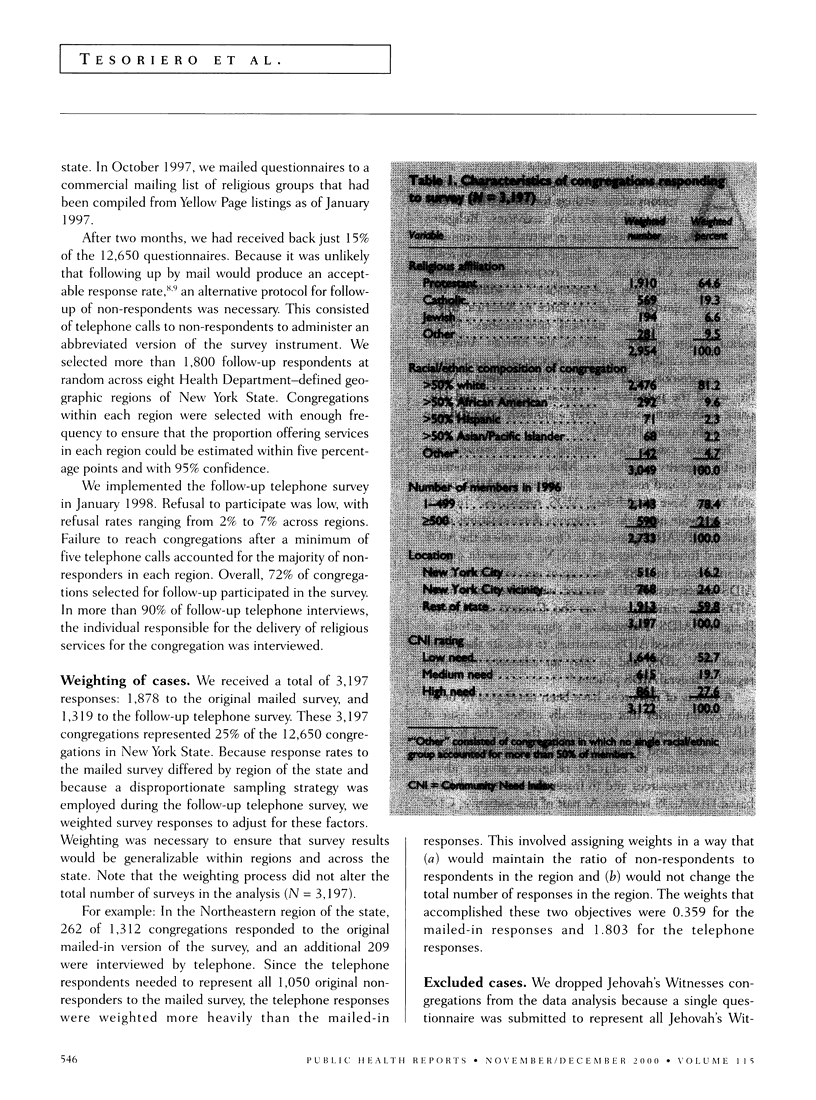

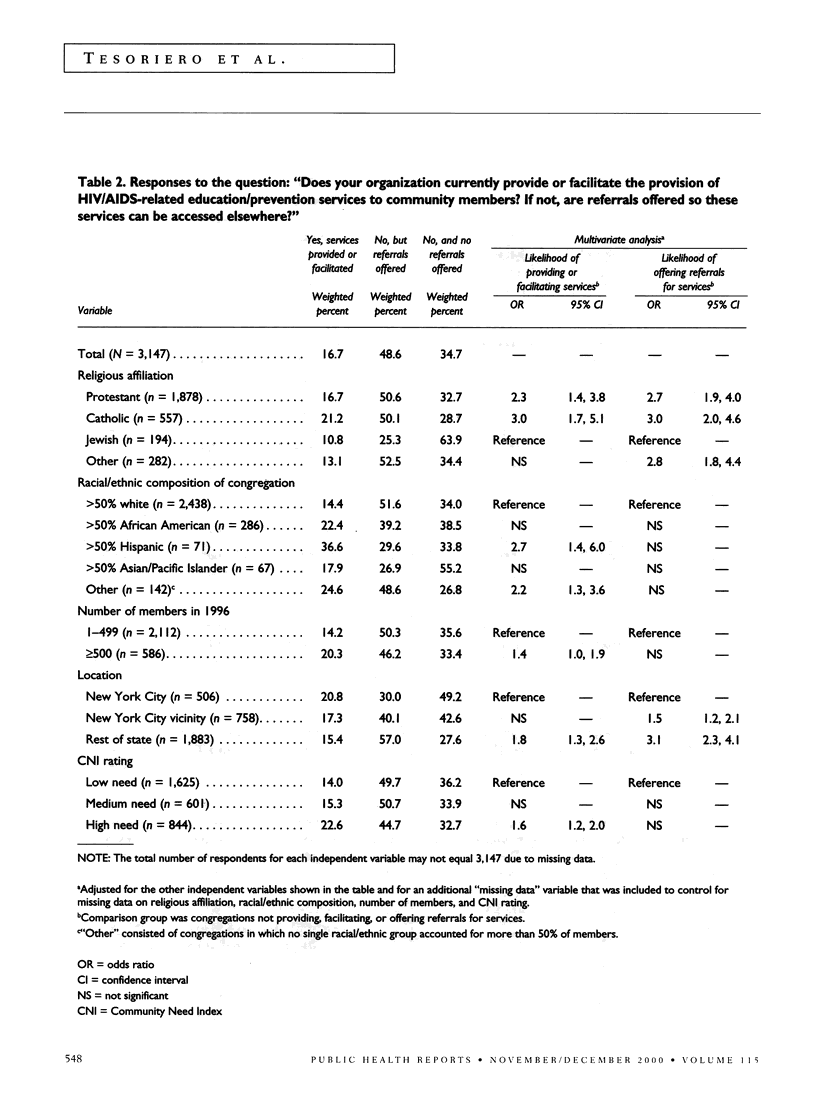
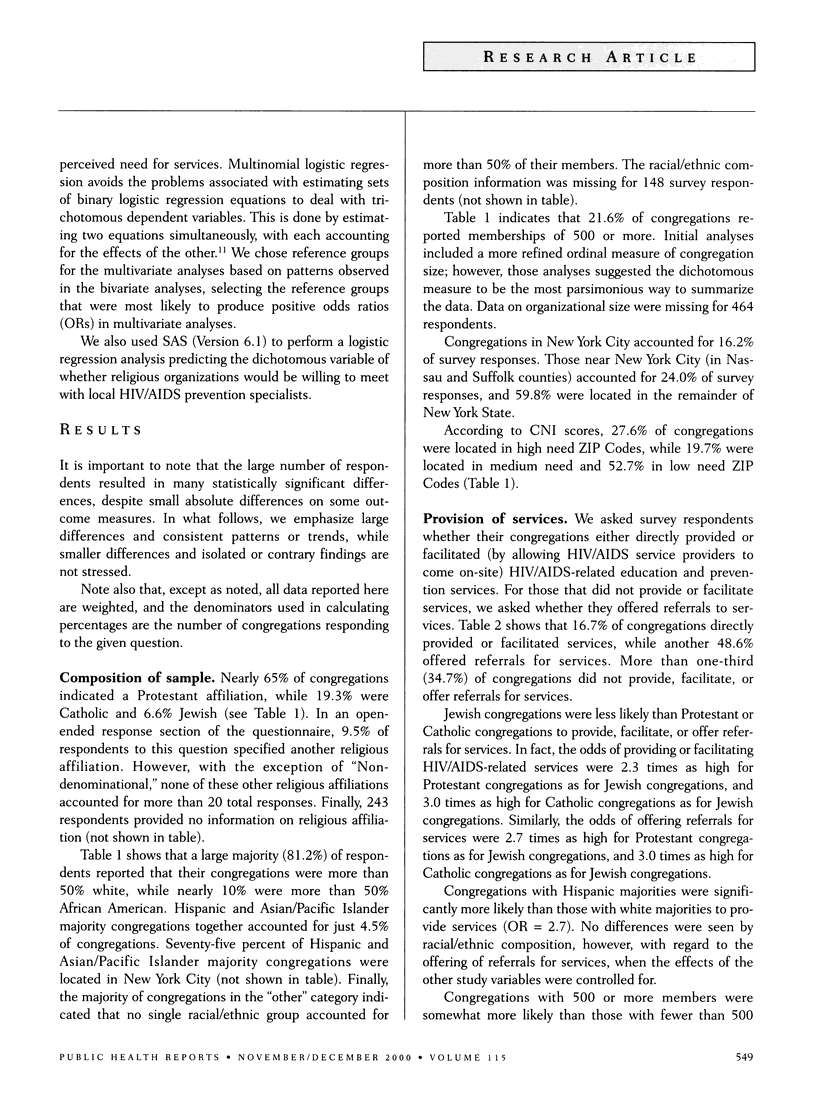
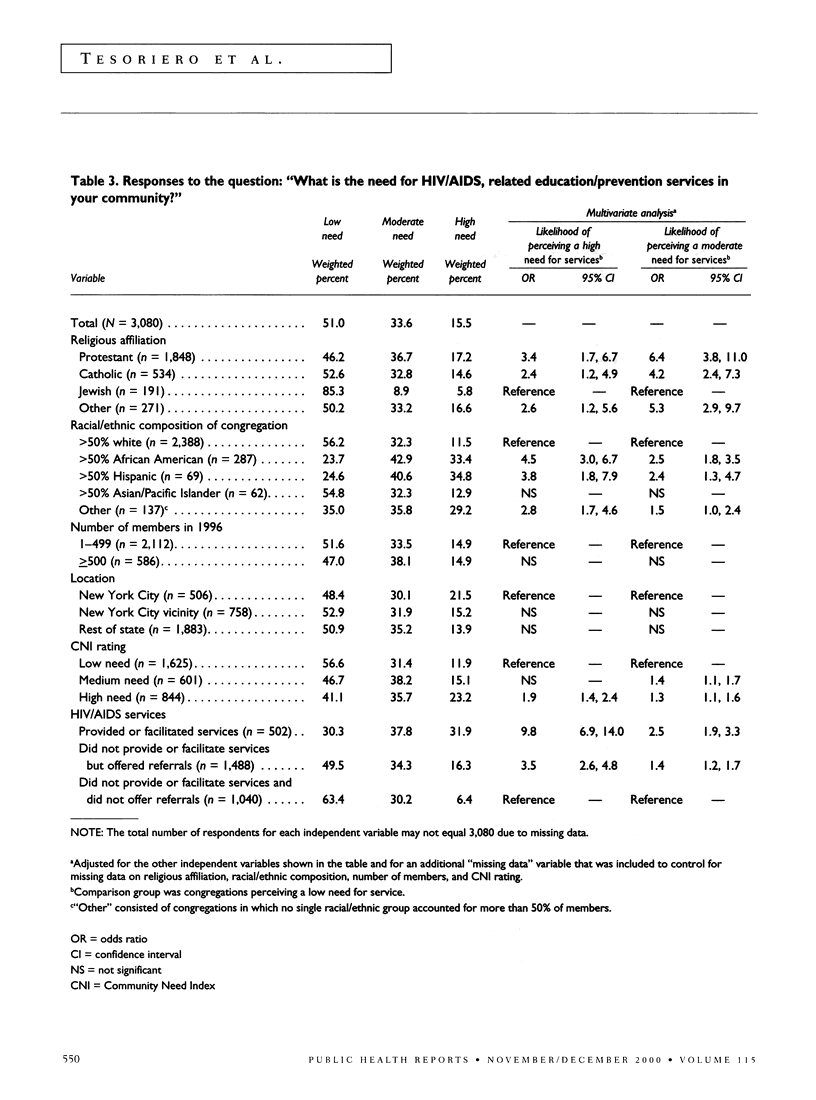
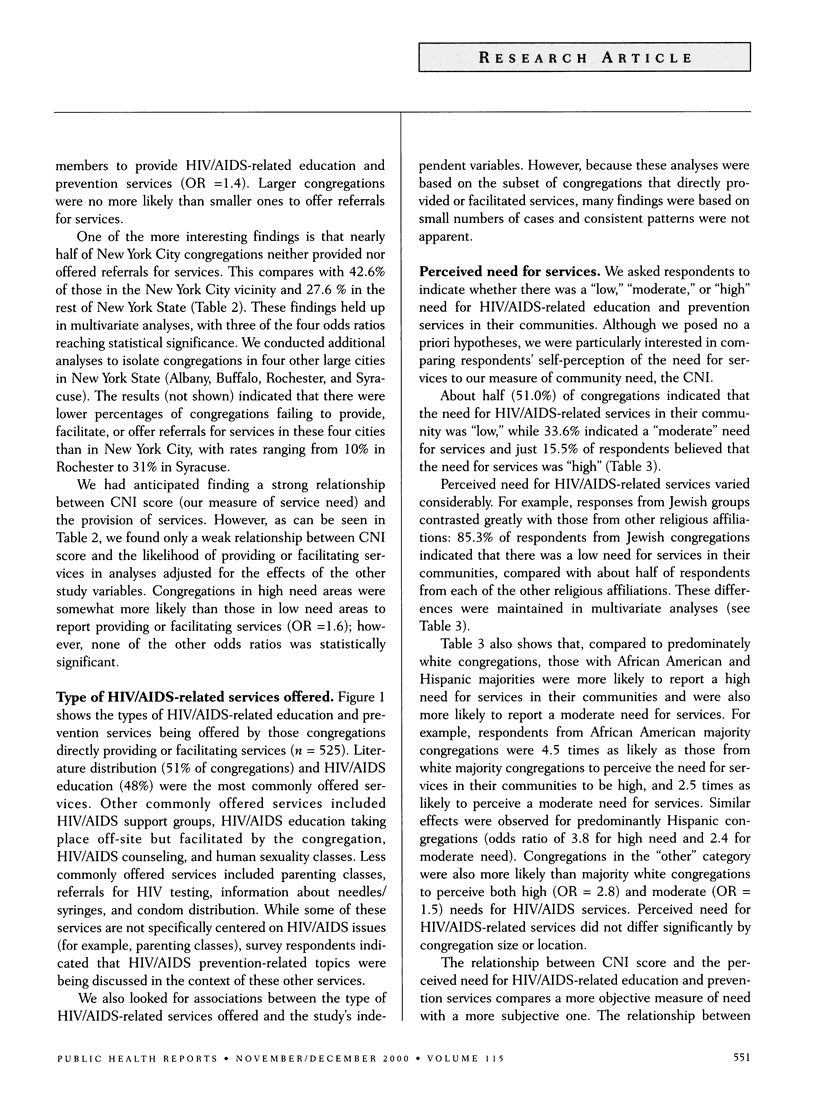
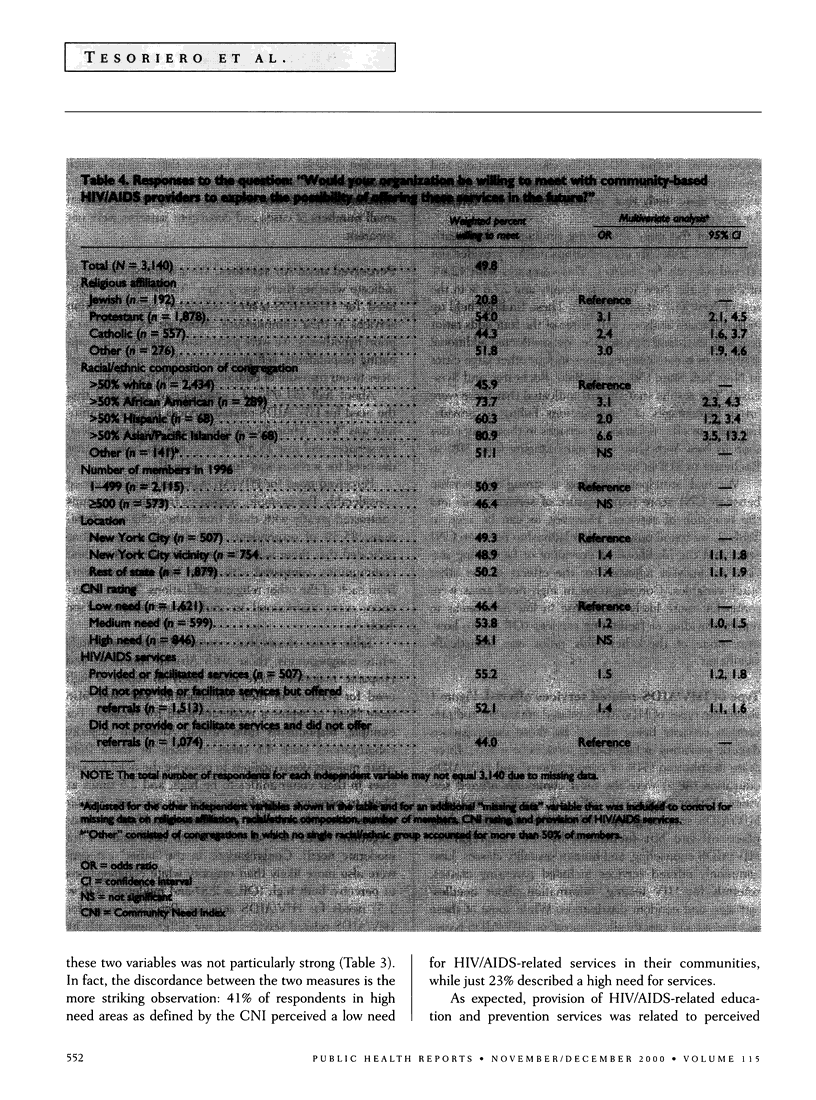
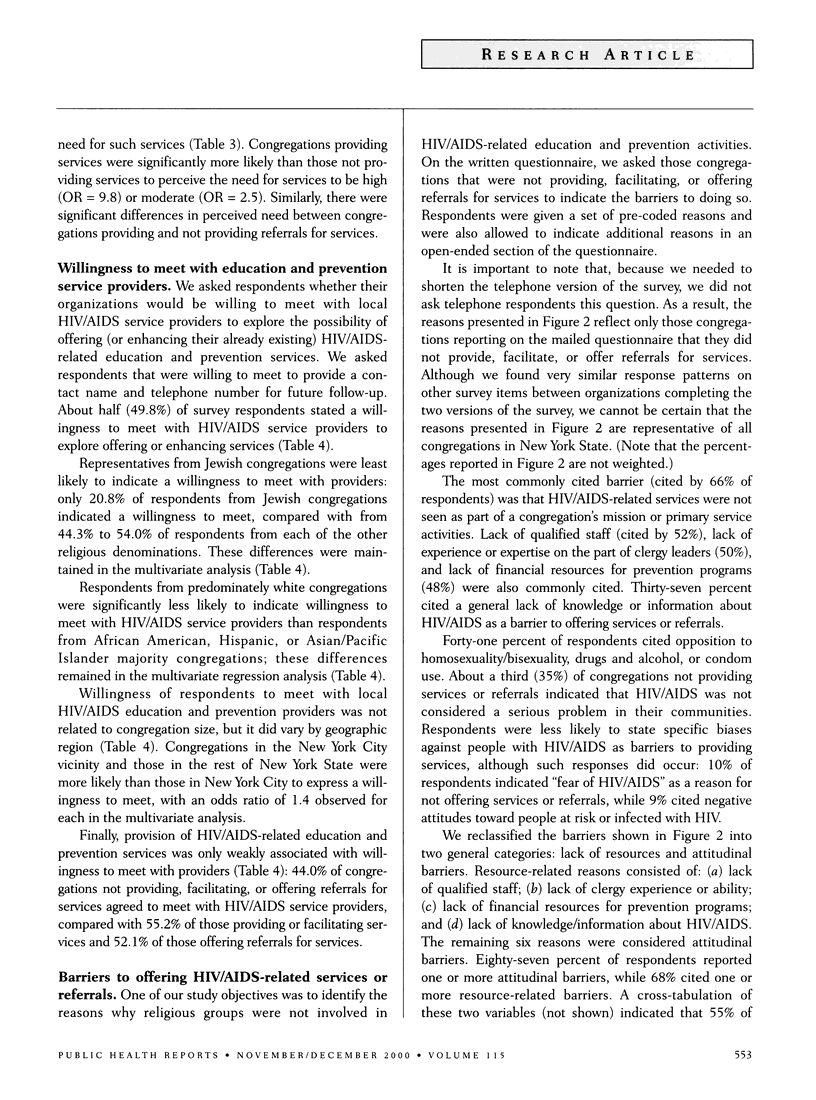
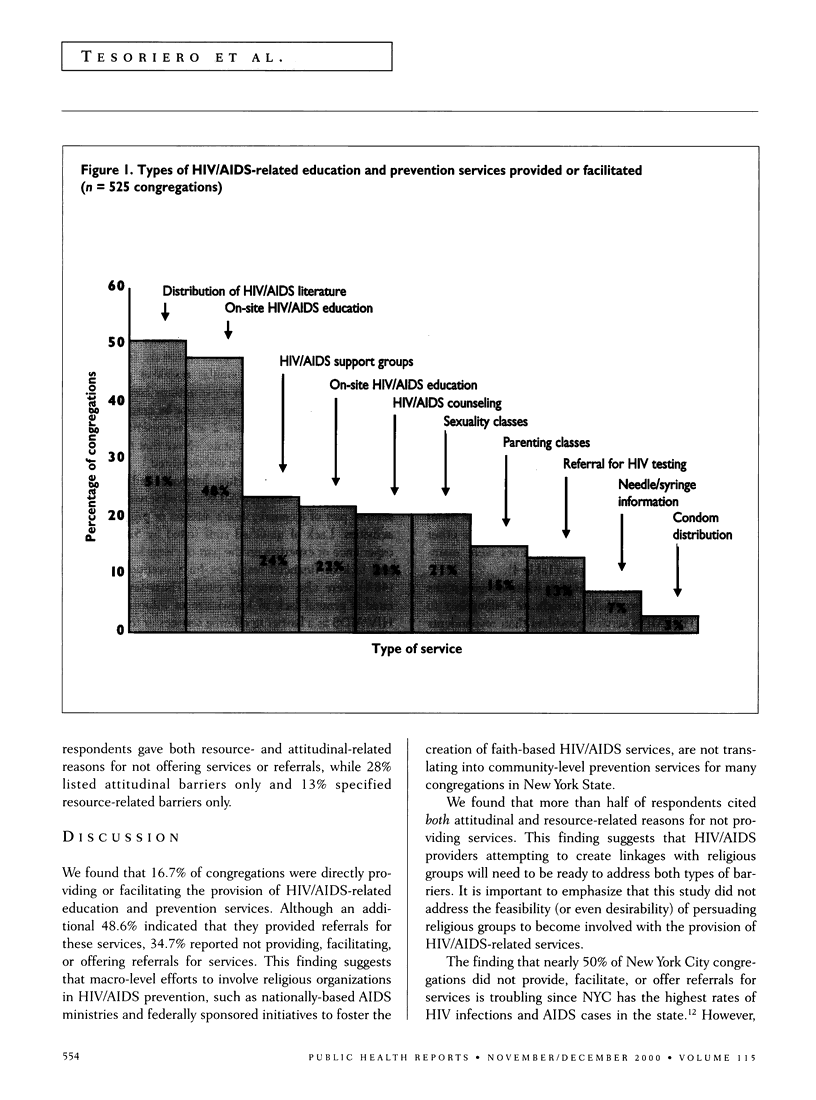
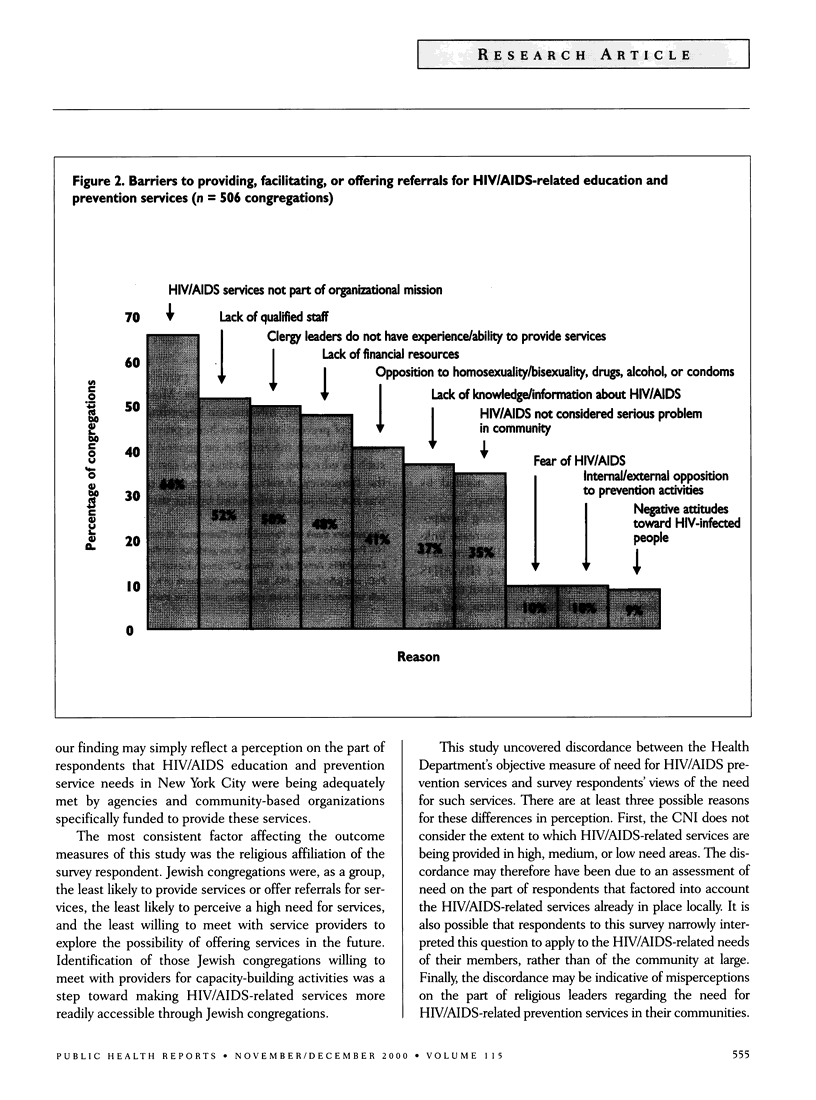

Selected References
These references are in PubMed. This may not be the complete list of references from this article.
- Bachman J. G., Wallace J. M., Jr, O'Malley P. M., Johnston L. D., Kurth C. L., Neighbors H. W. Racial/Ethnic differences in smoking, drinking, and illicit drug use among American high school seniors, 1976-89. Am J Public Health. 1991 Mar;81(3):372–377. doi: 10.2105/ajph.81.3.372. [DOI] [PMC free article] [PubMed] [Google Scholar]
- Rubin R. H., Billingsley A., Caldwell C. H. The role of the black church in working with black adolescents. Adolescence. 1994 Summer;29(114):251–266. [PubMed] [Google Scholar]


